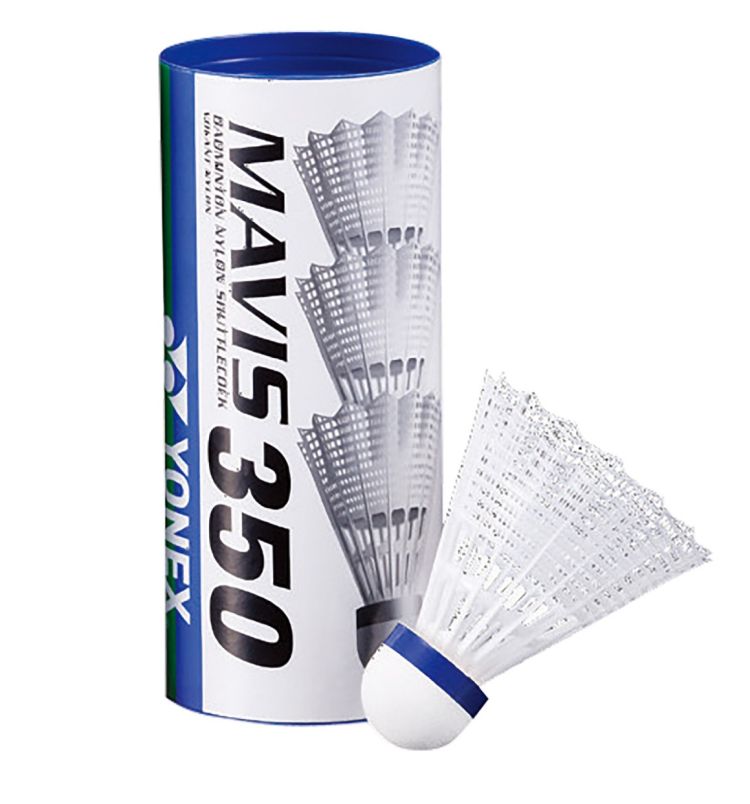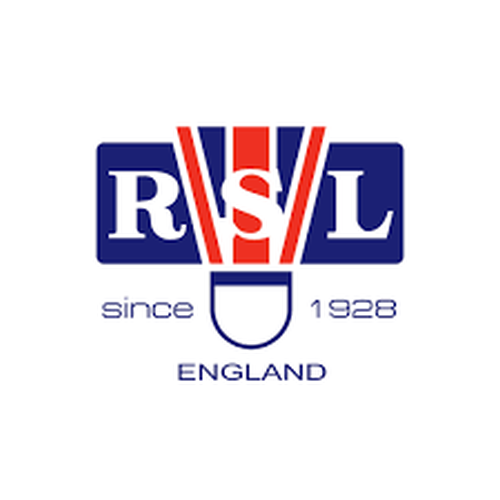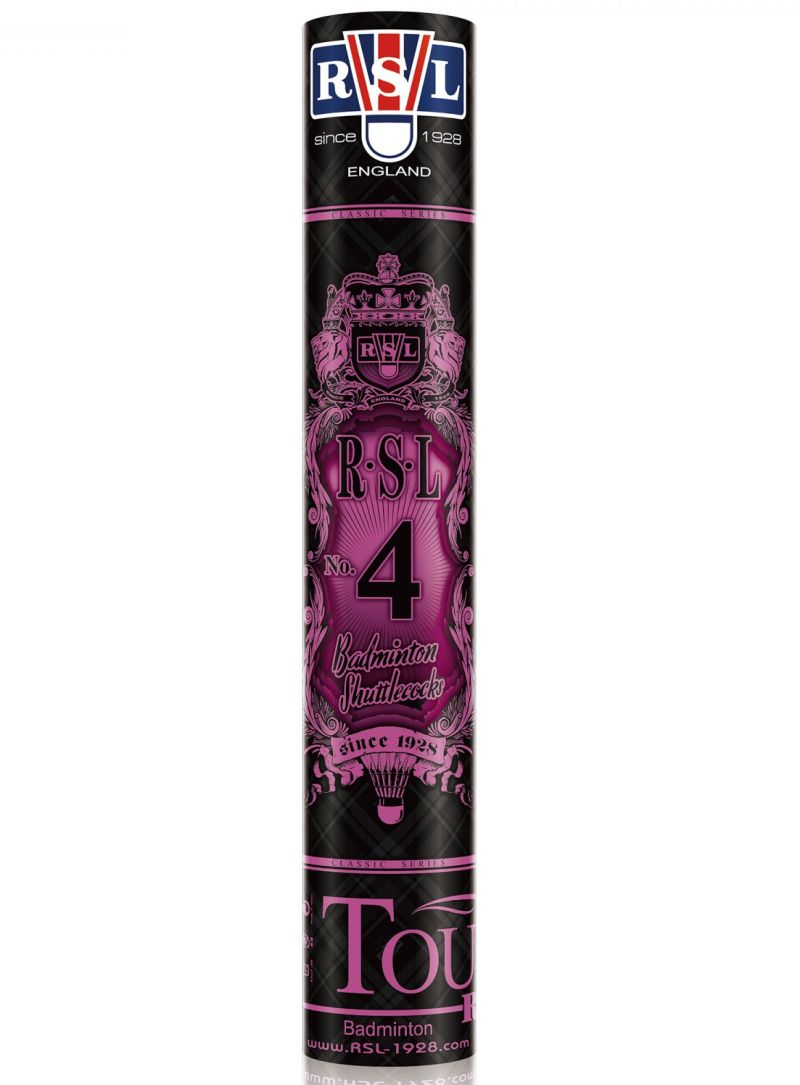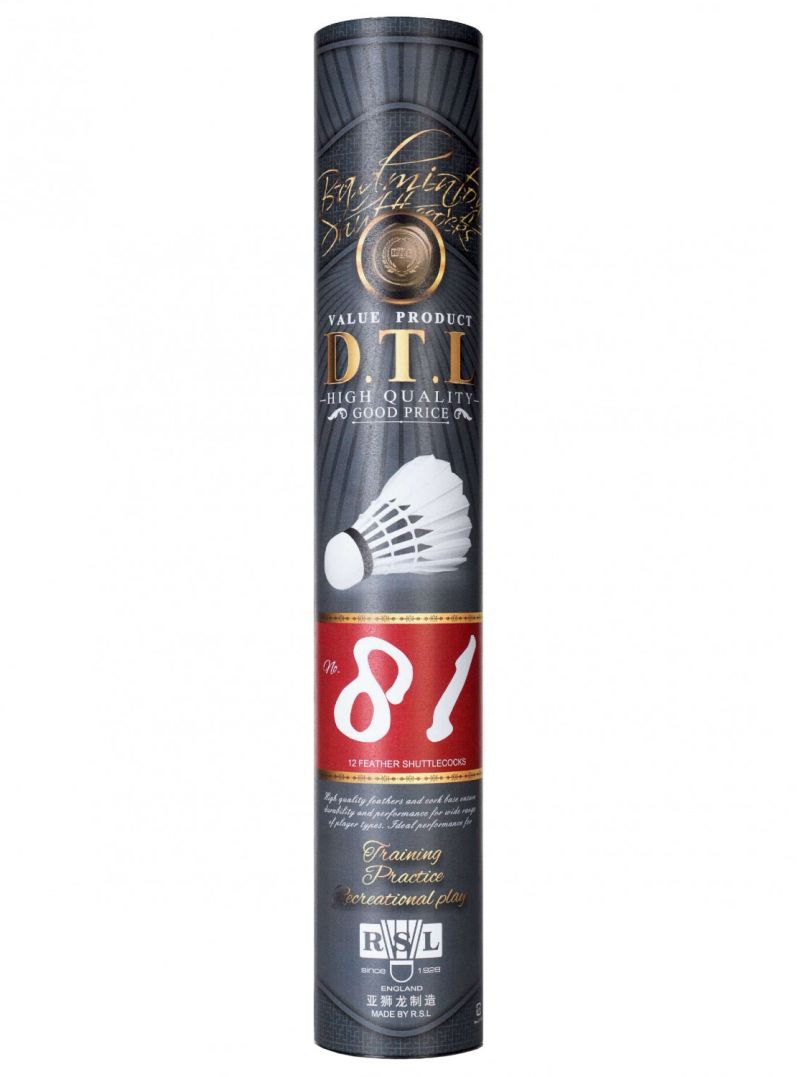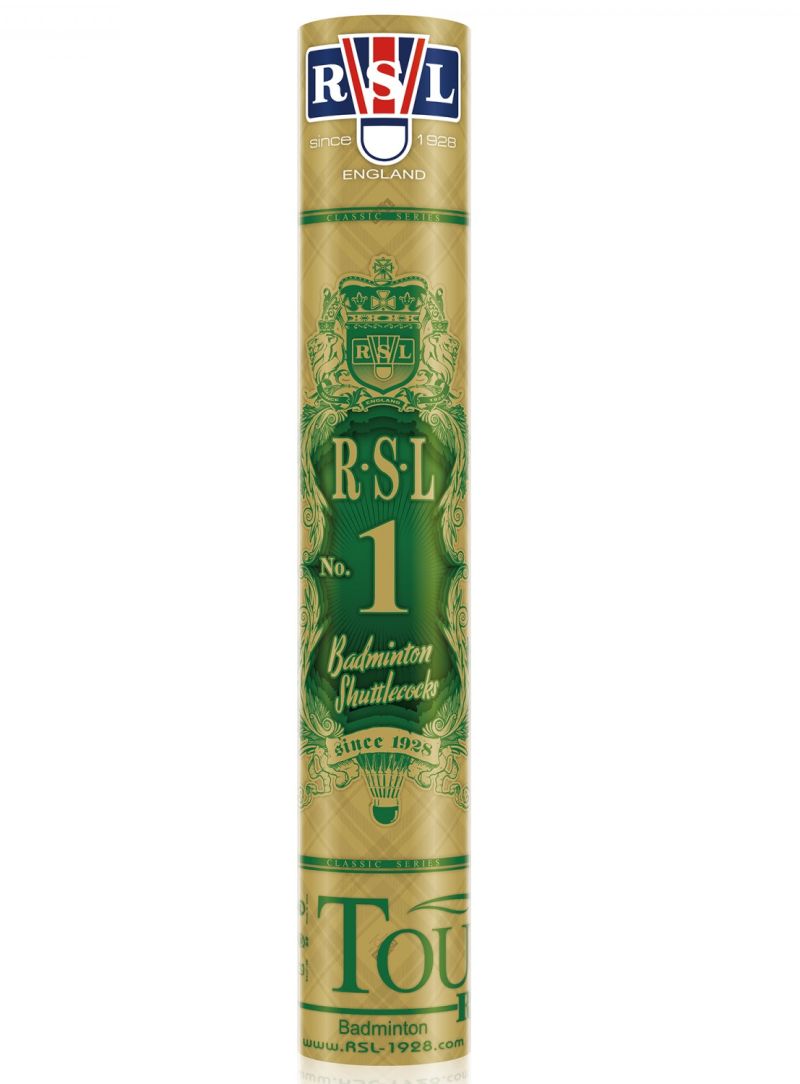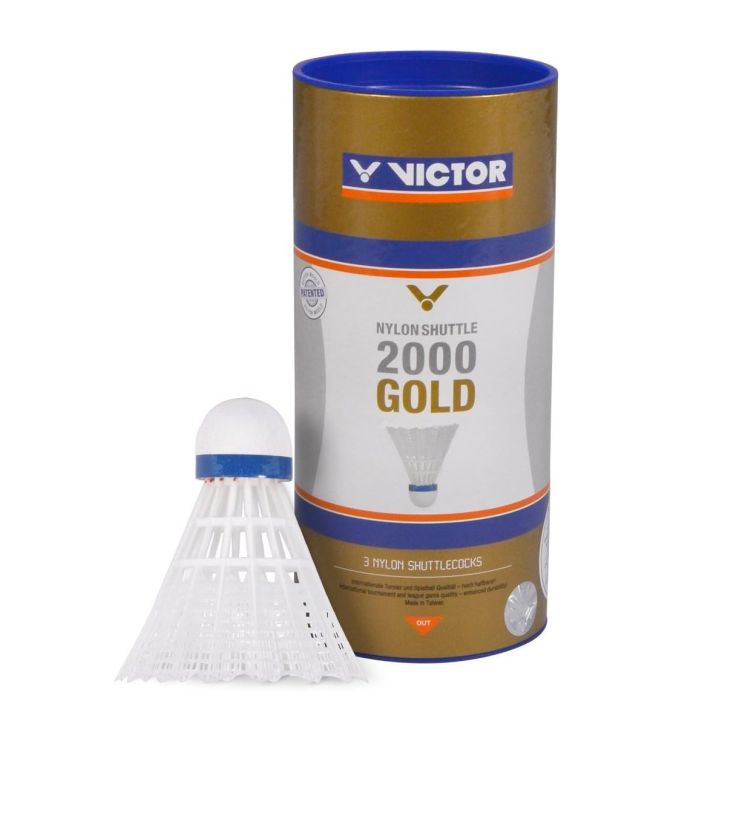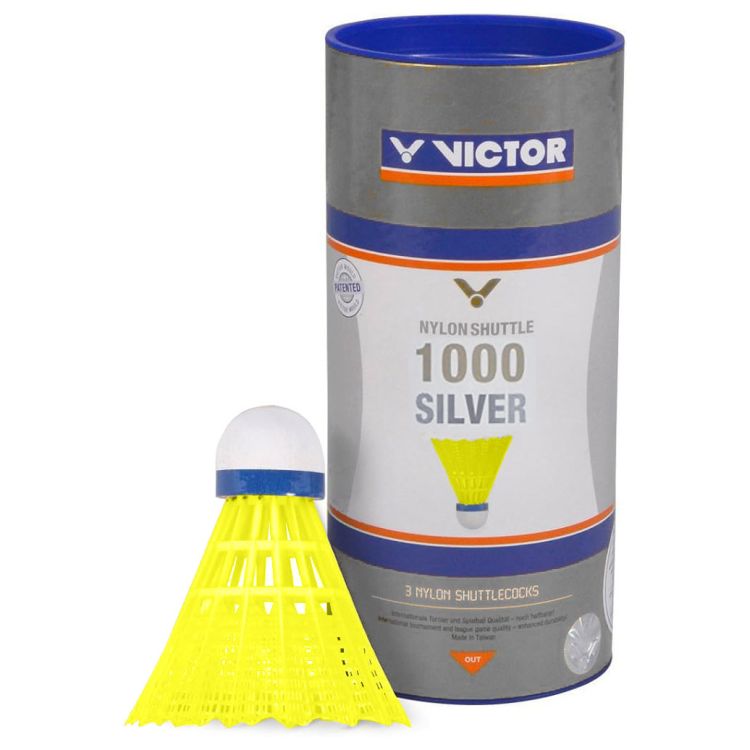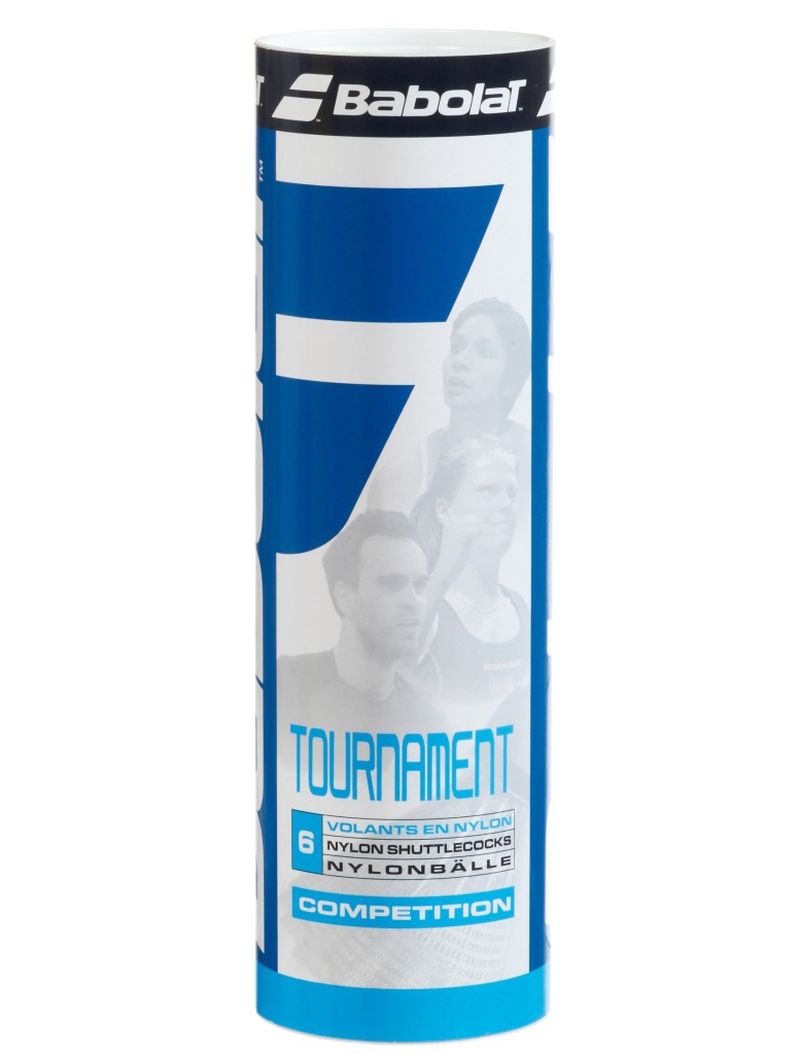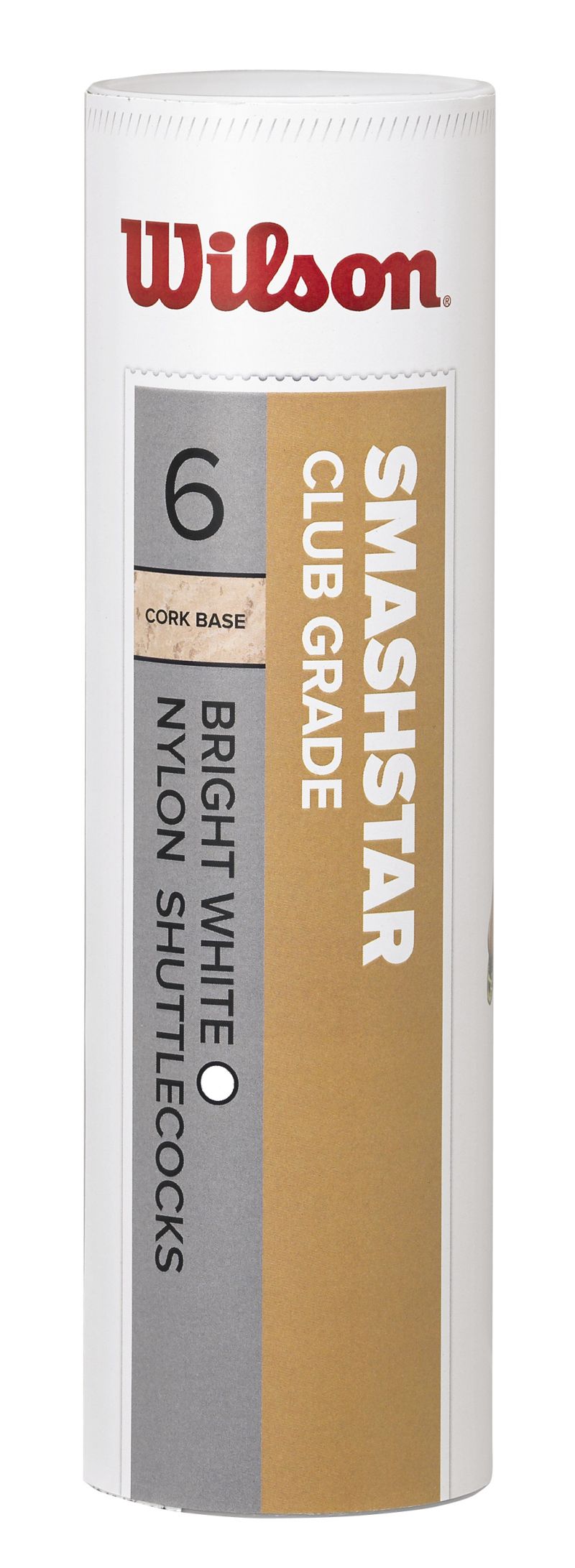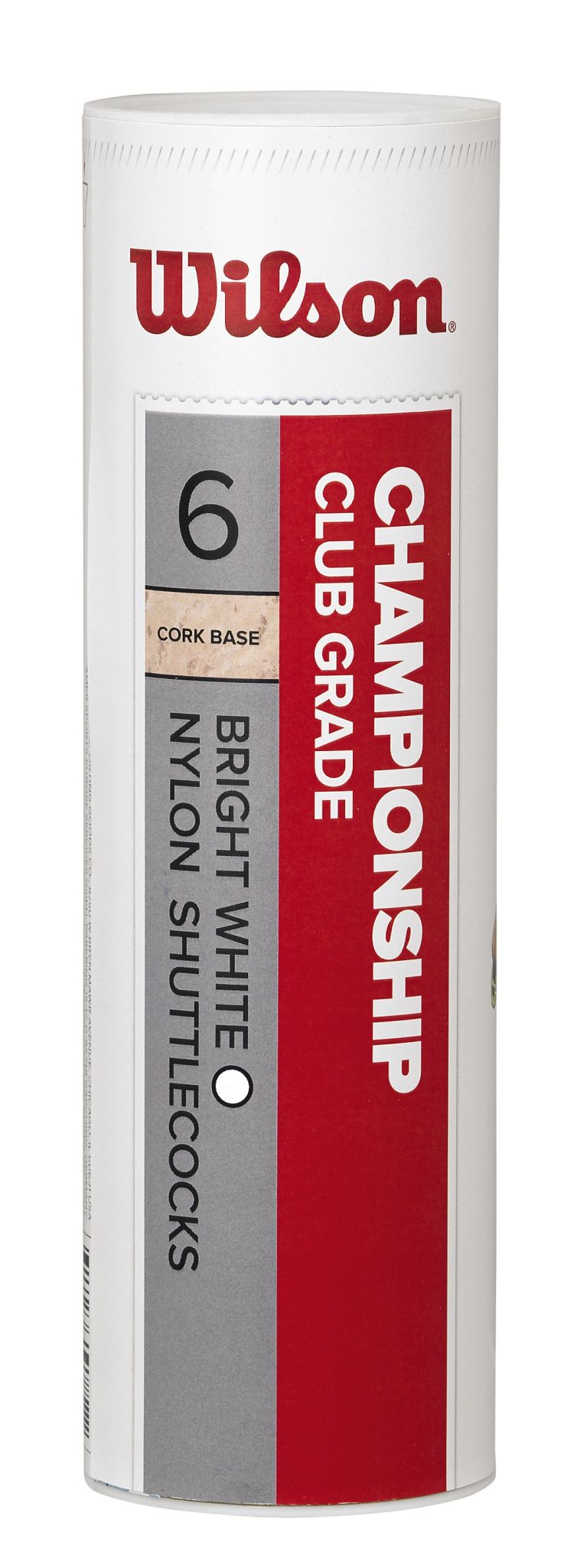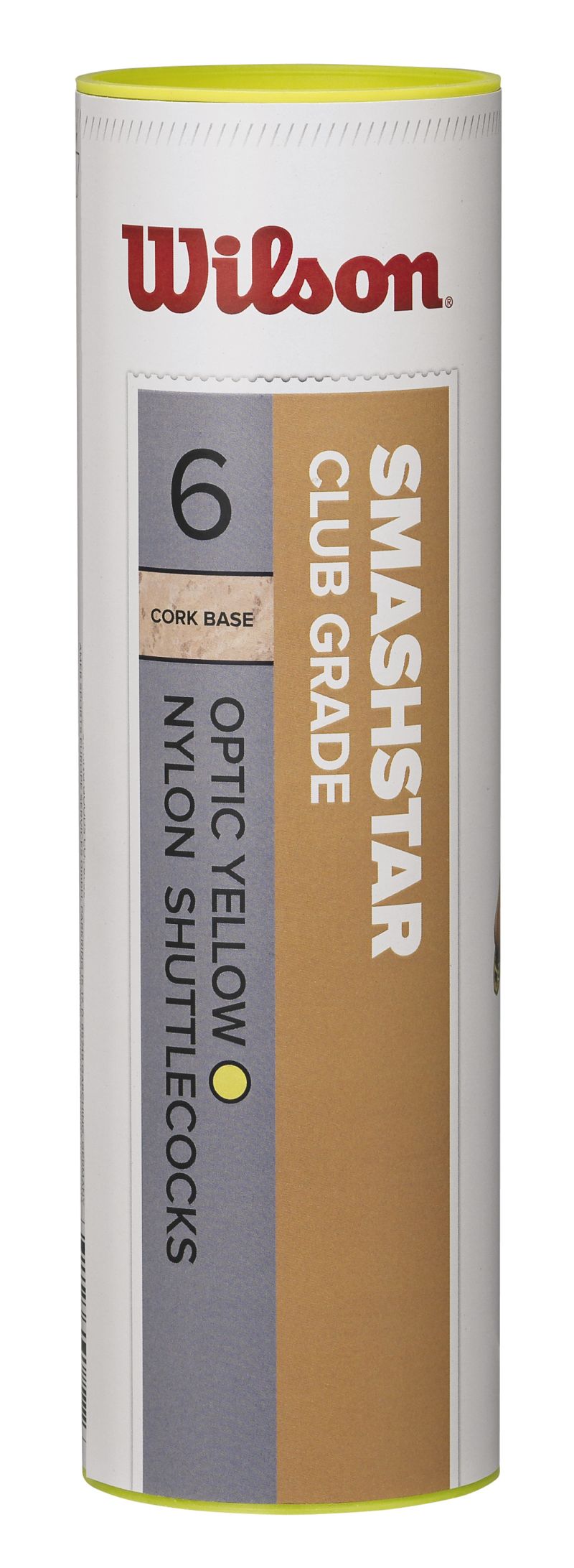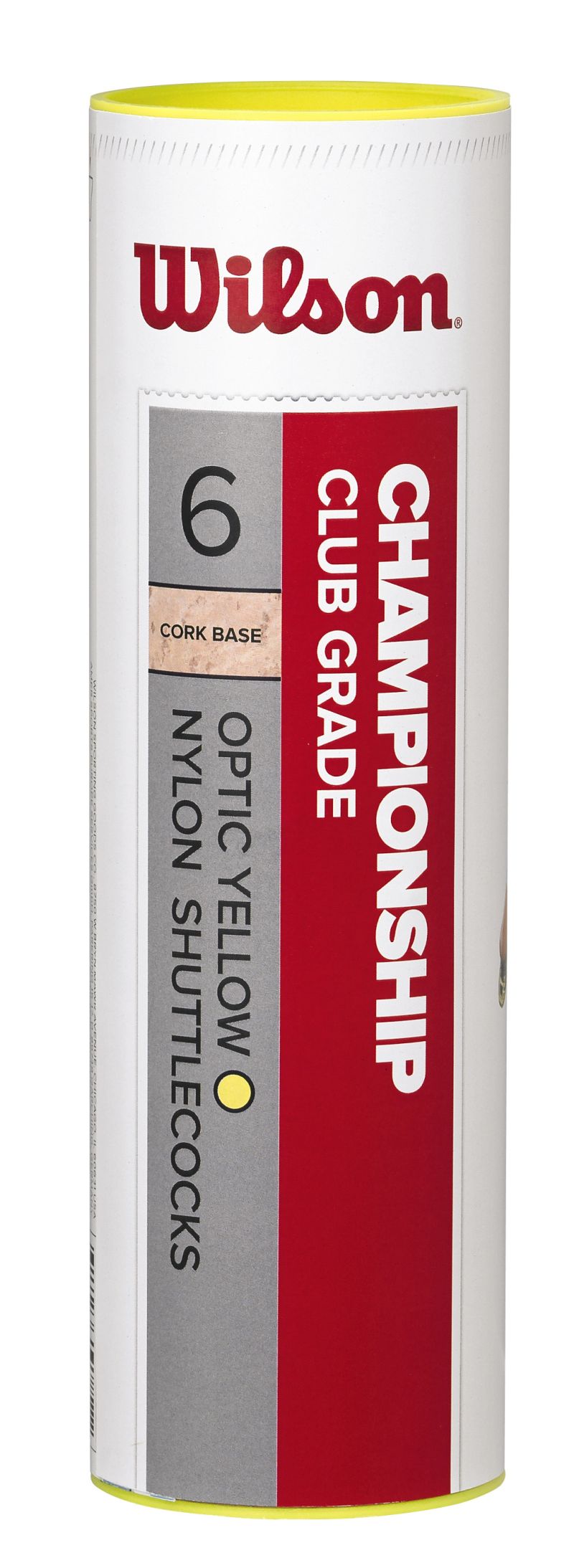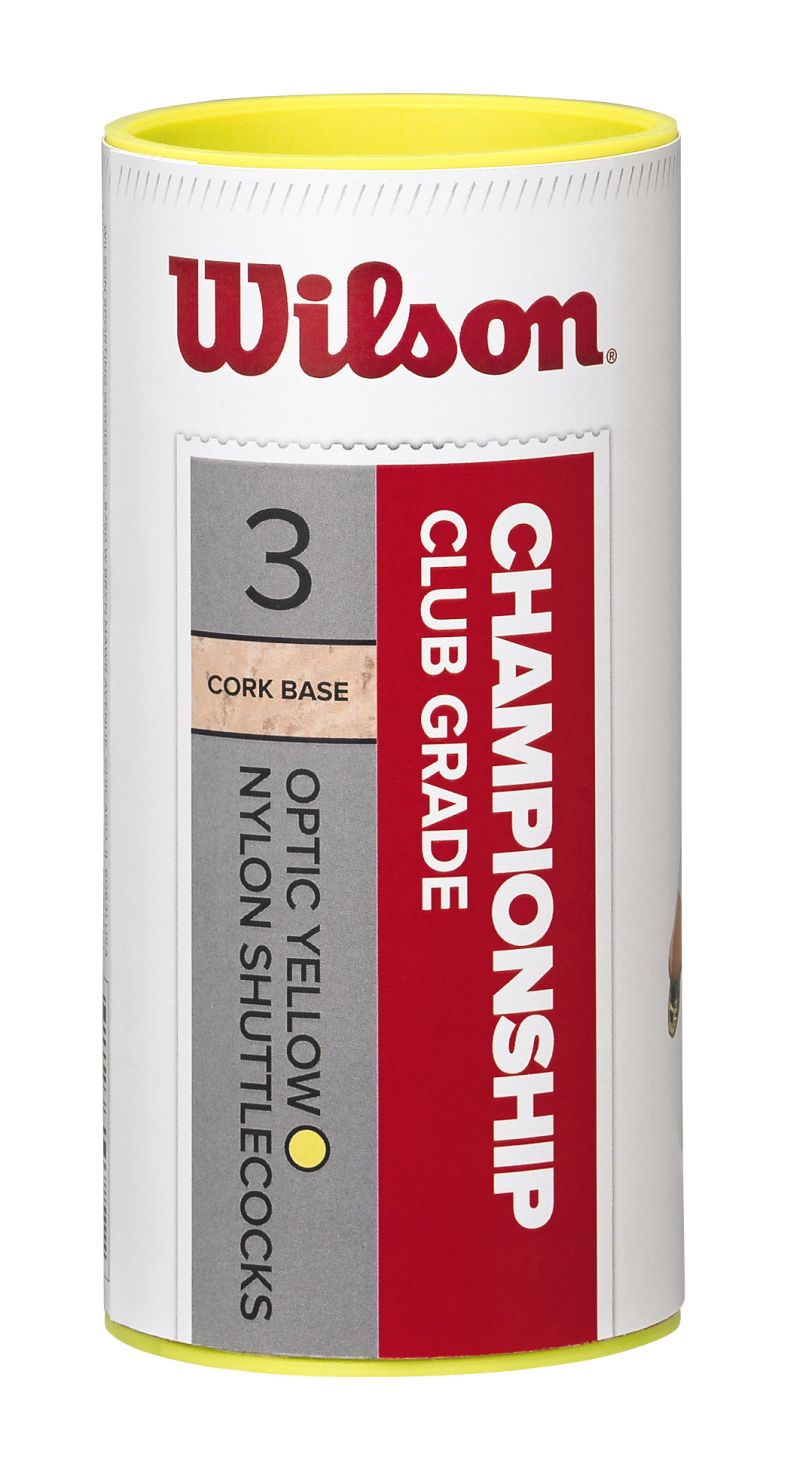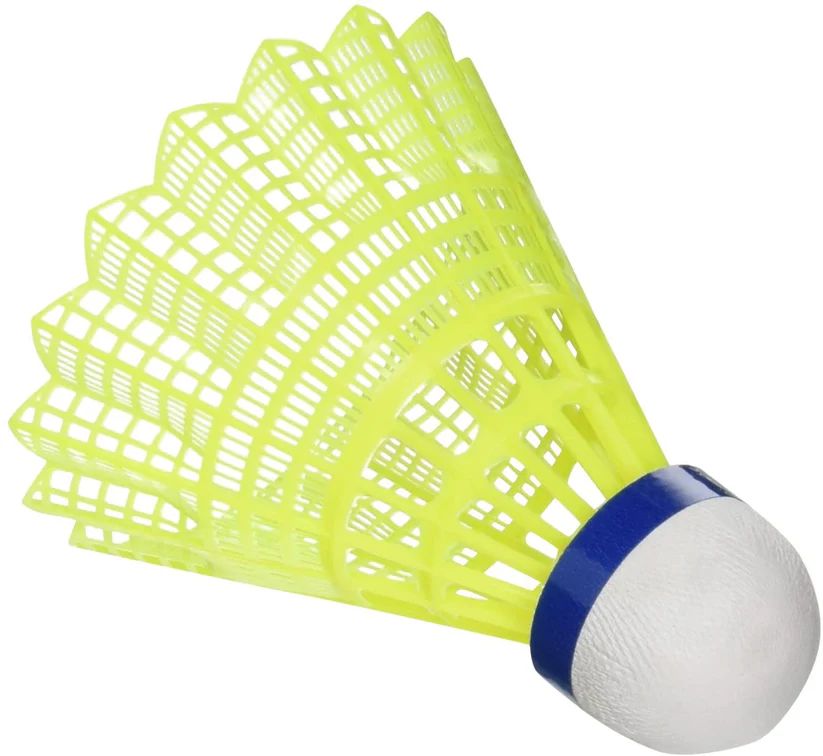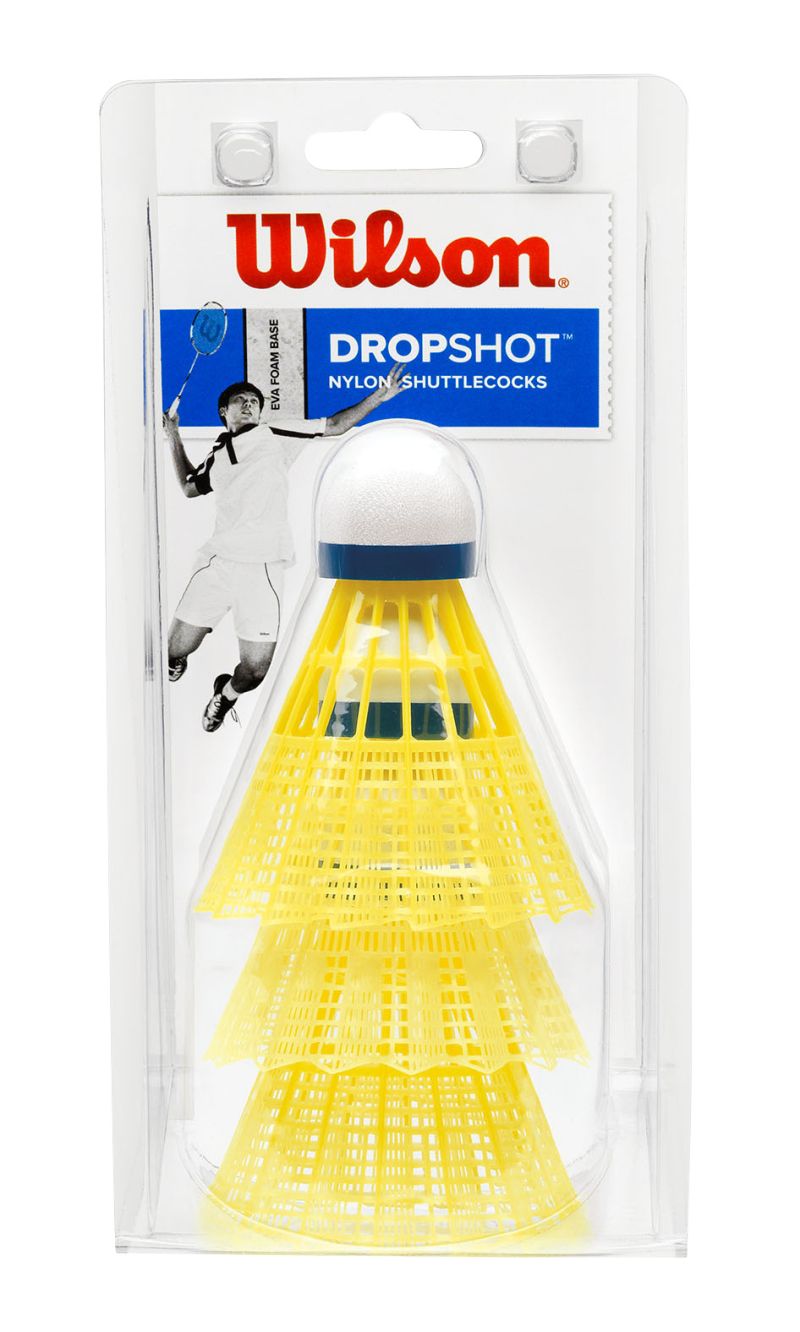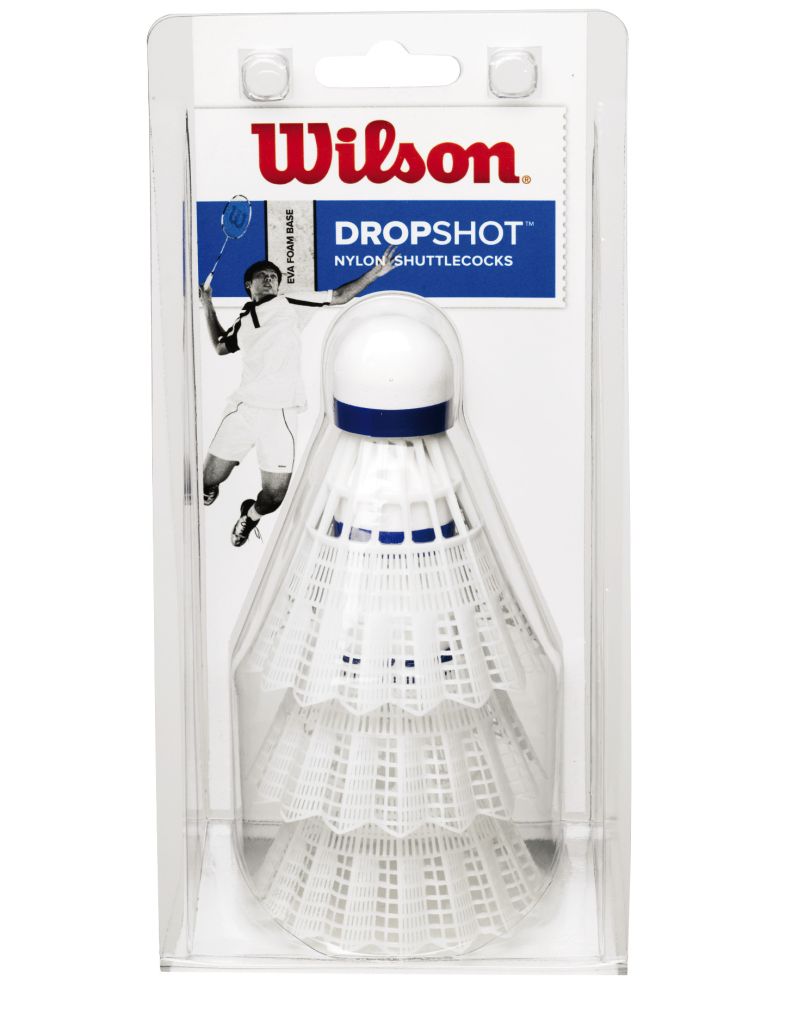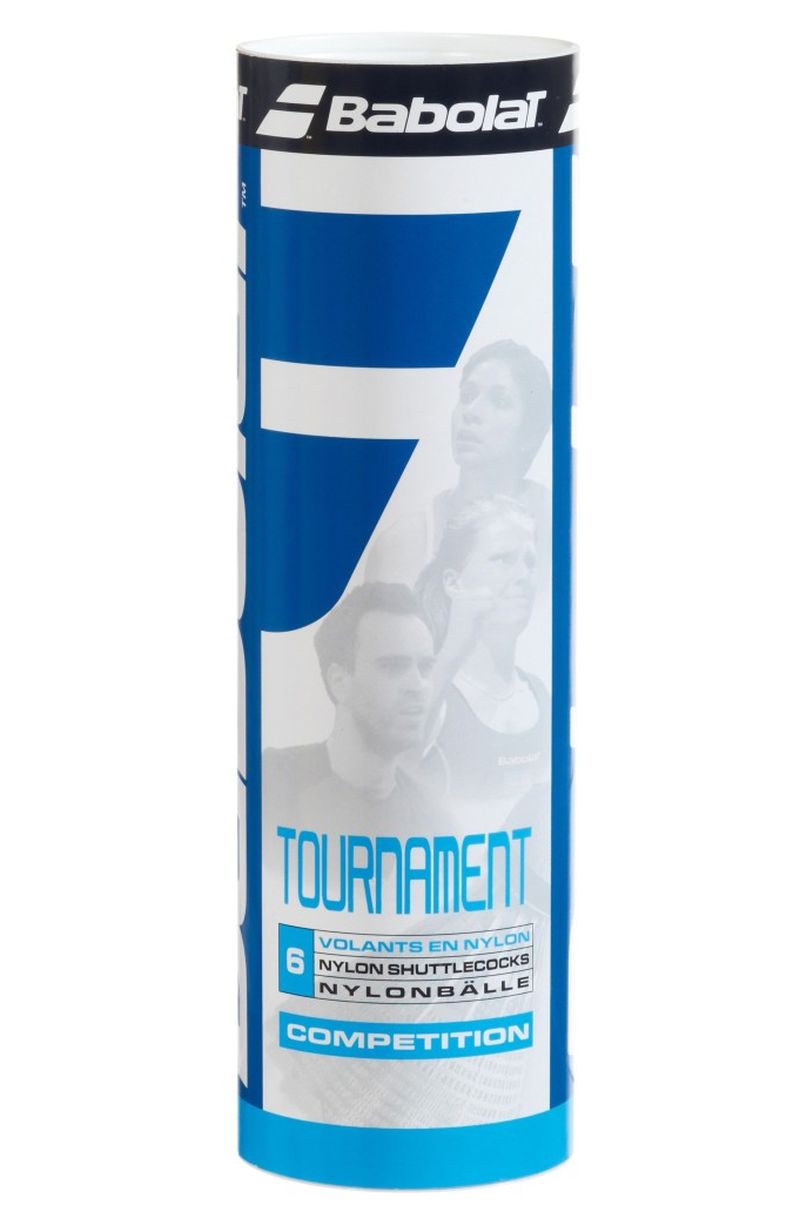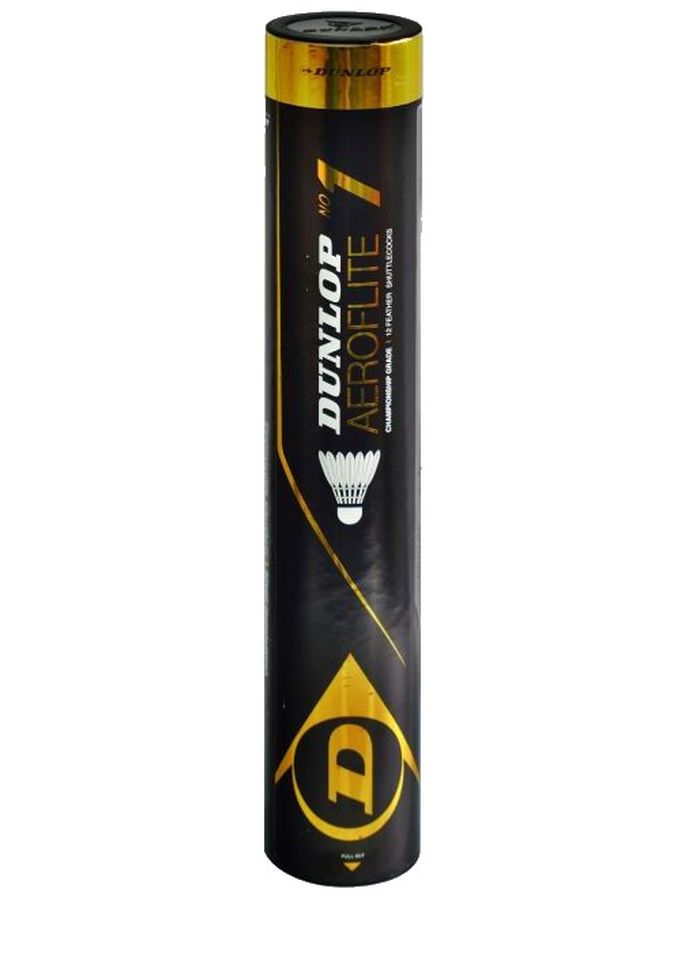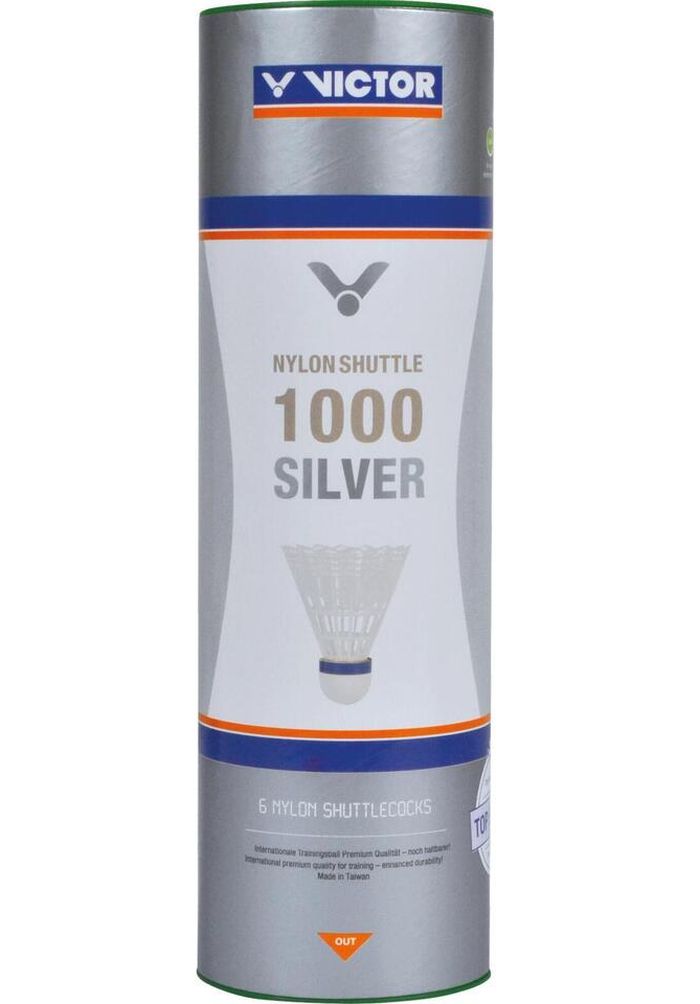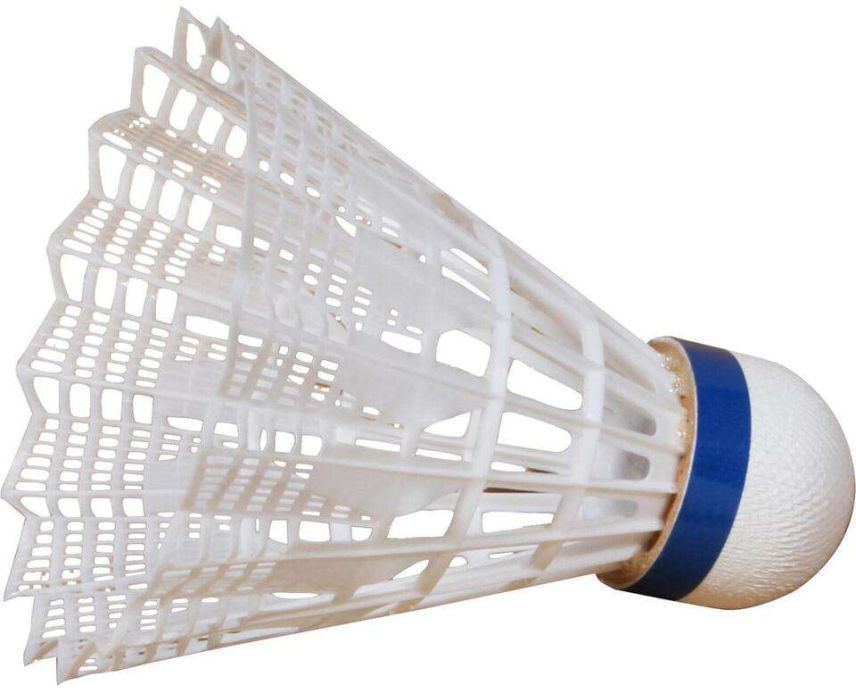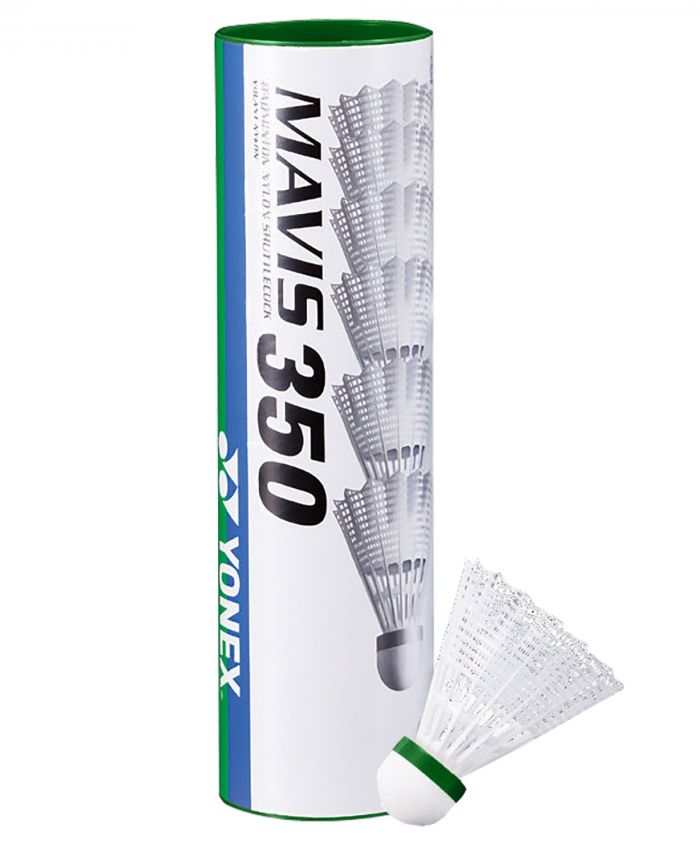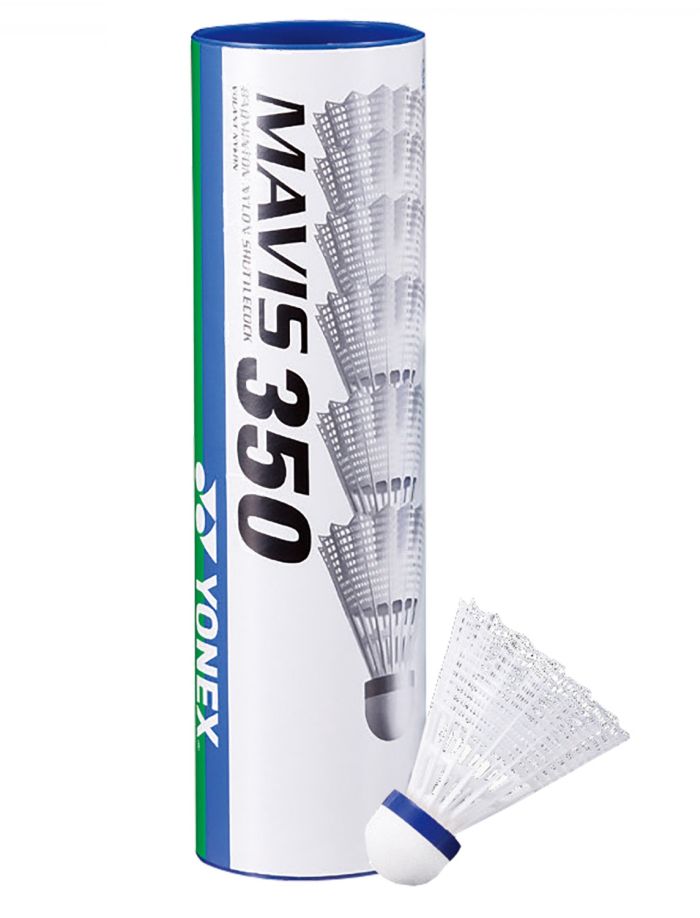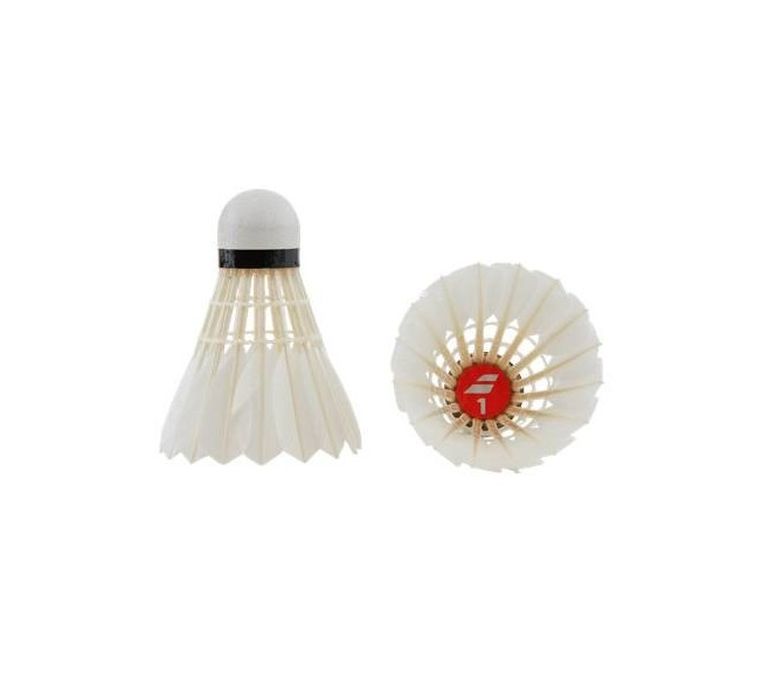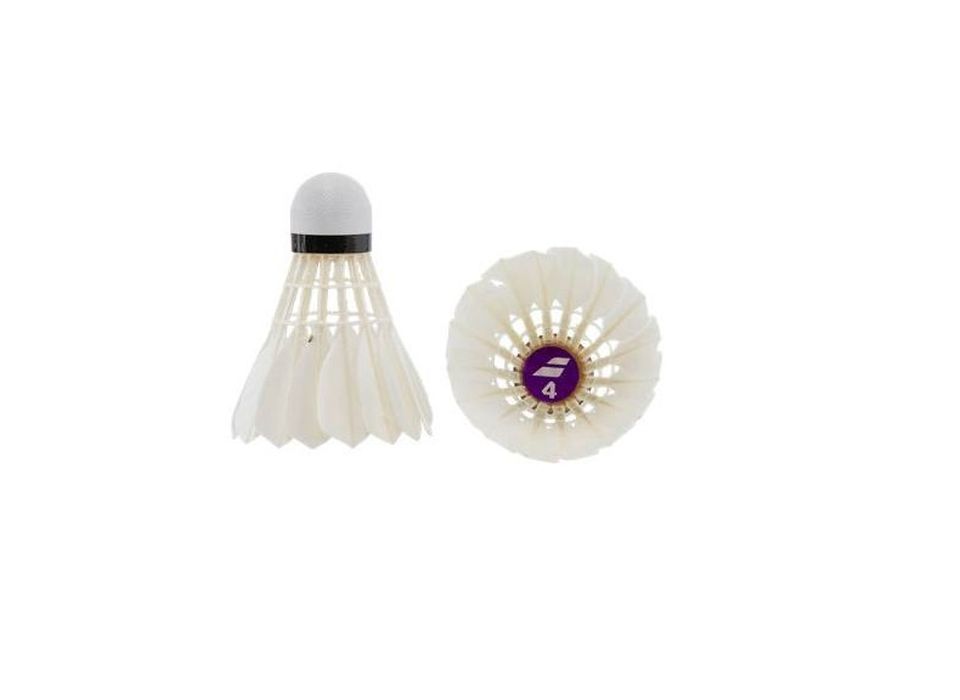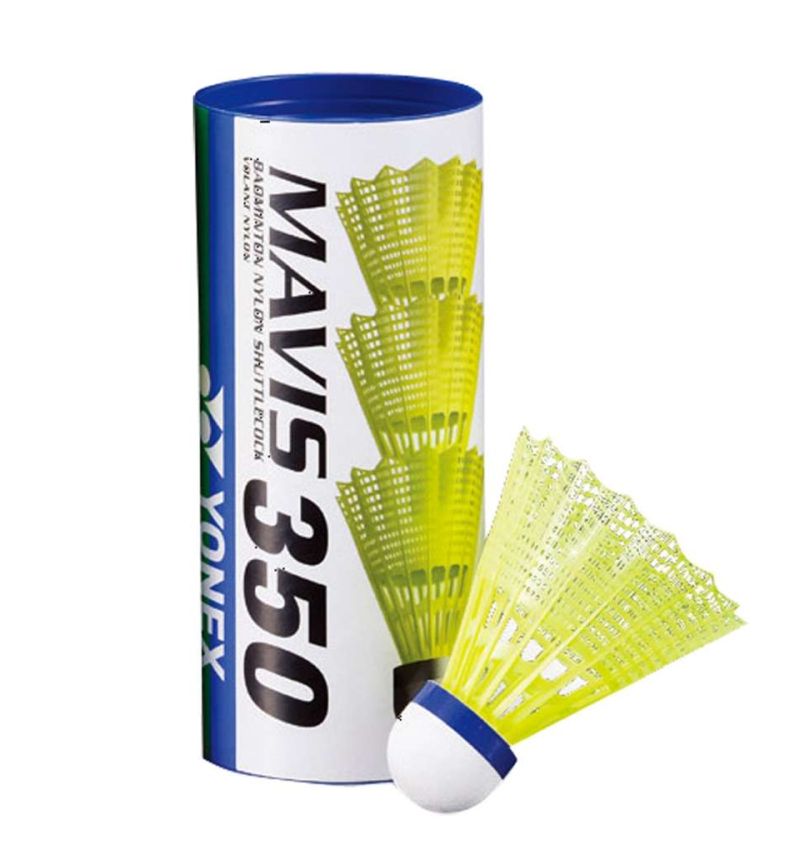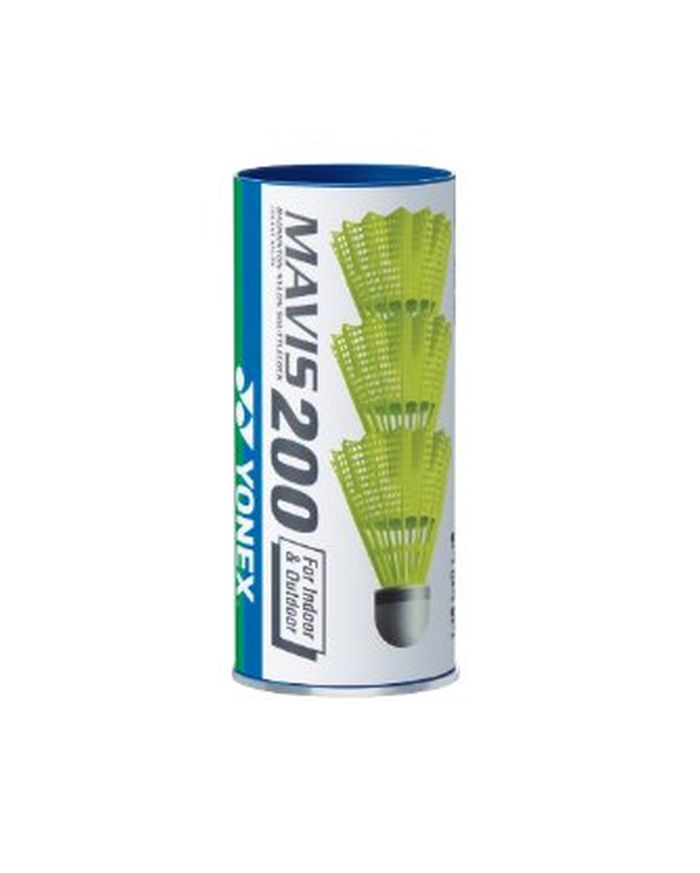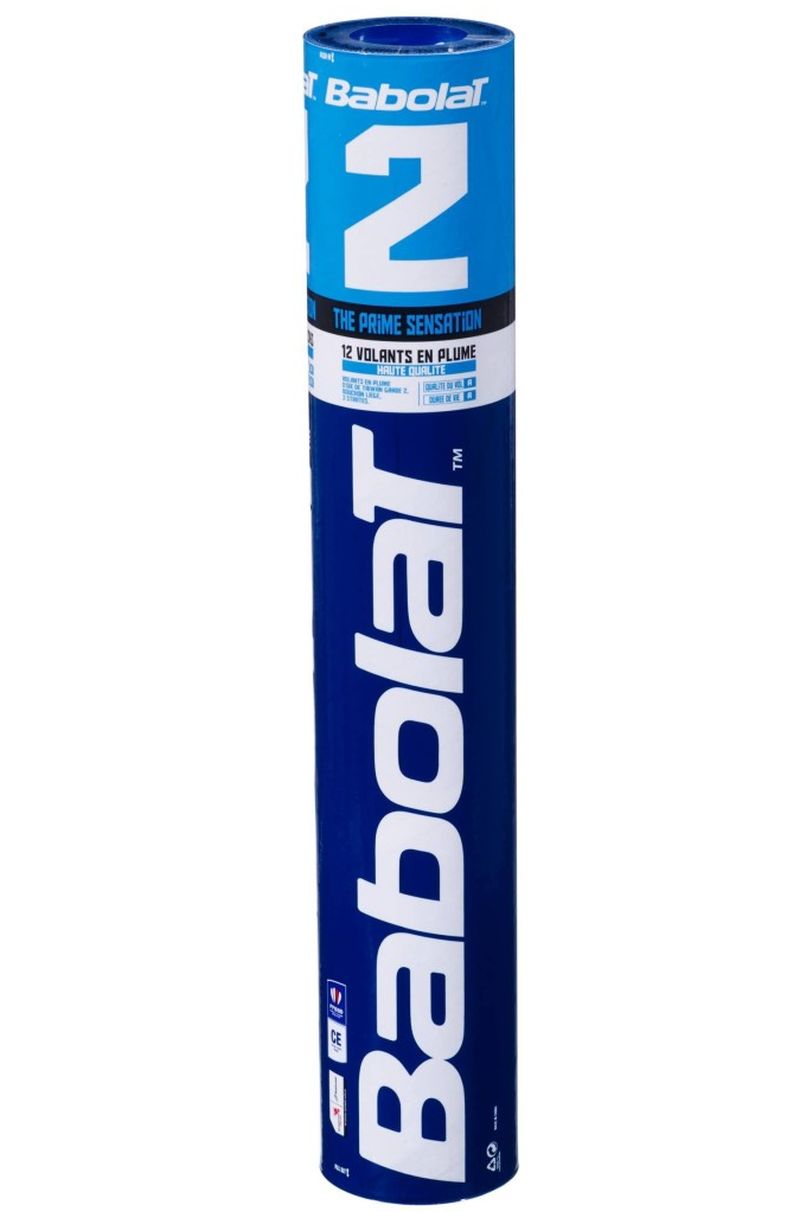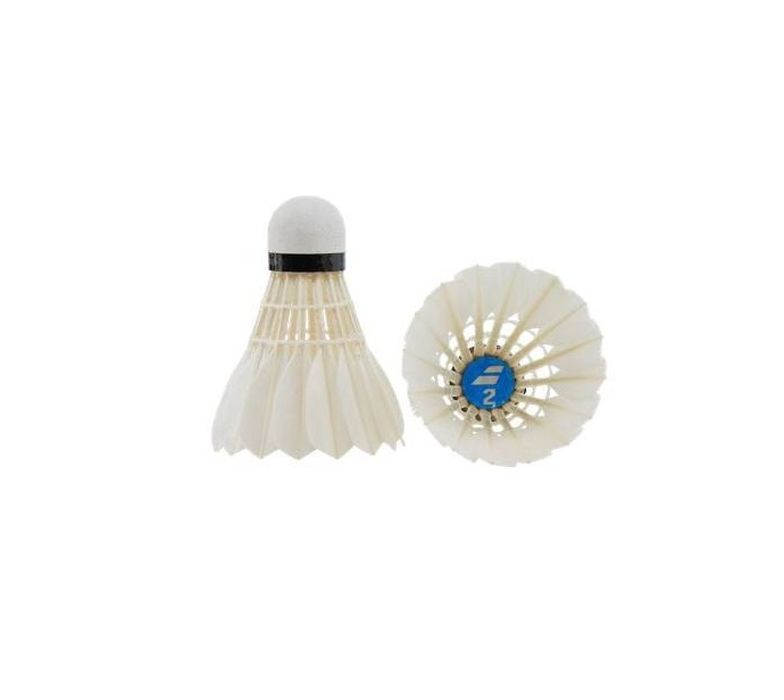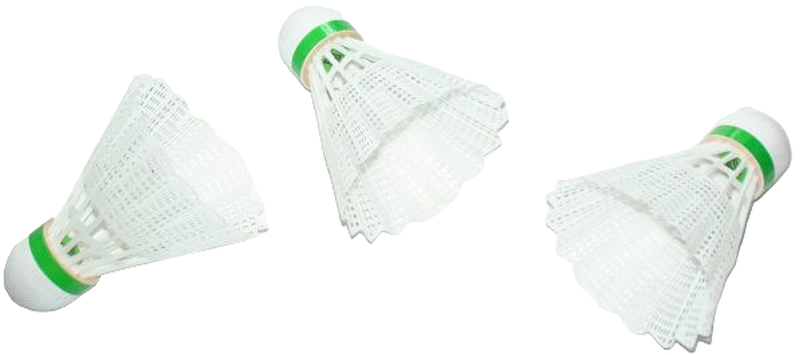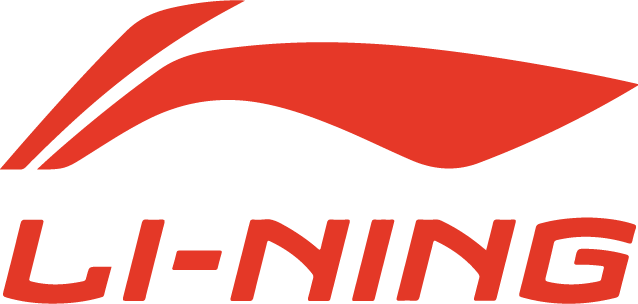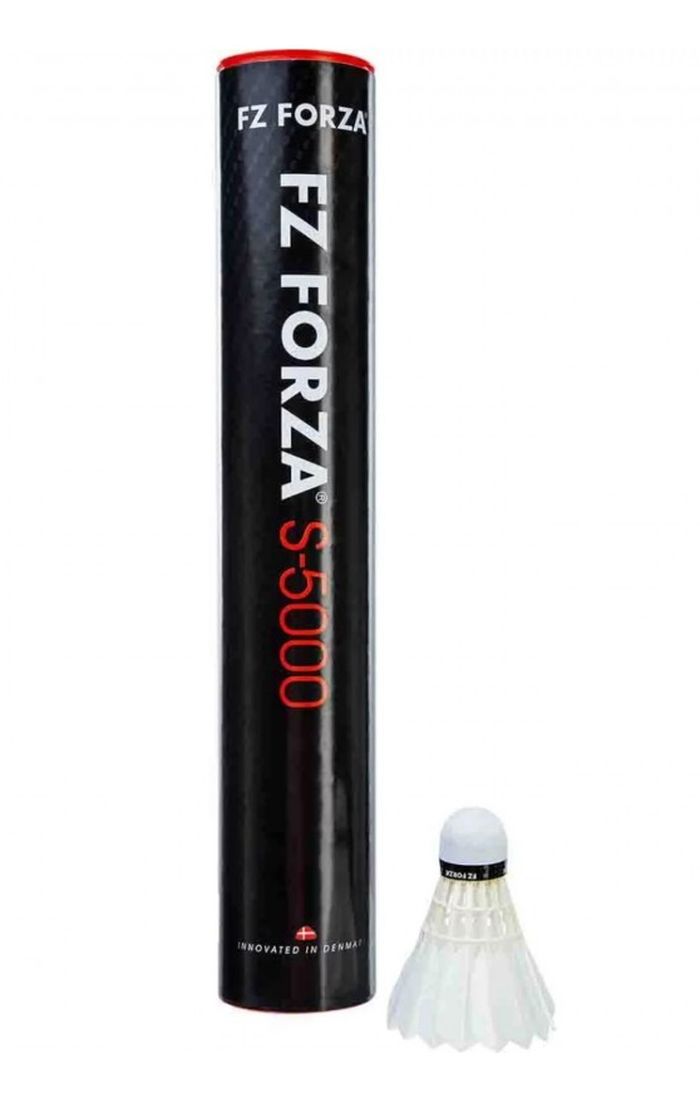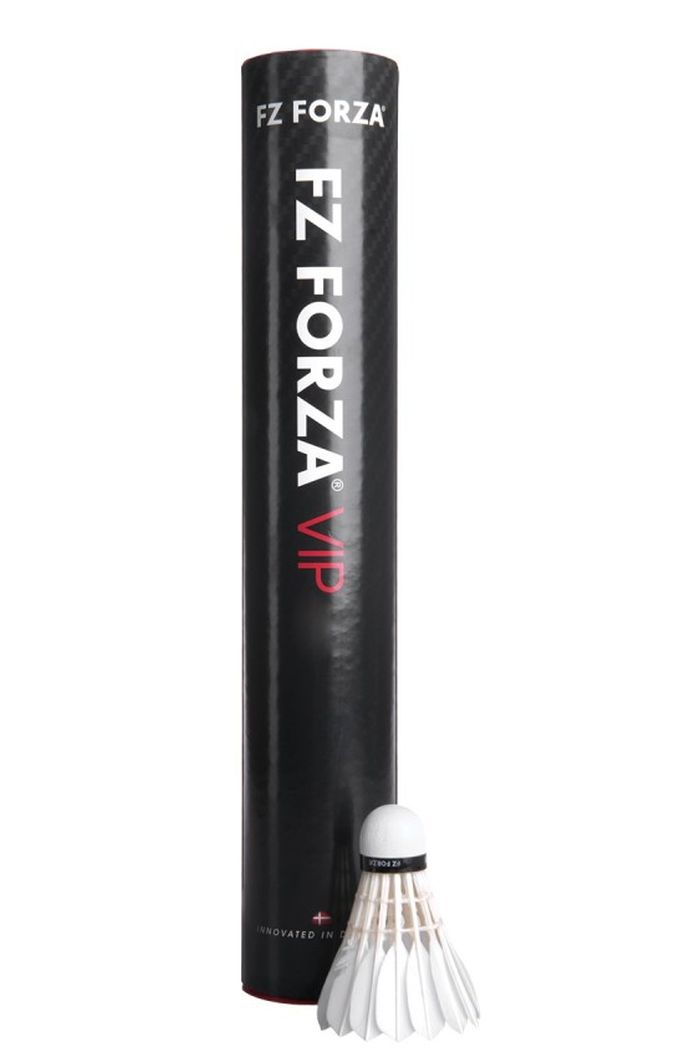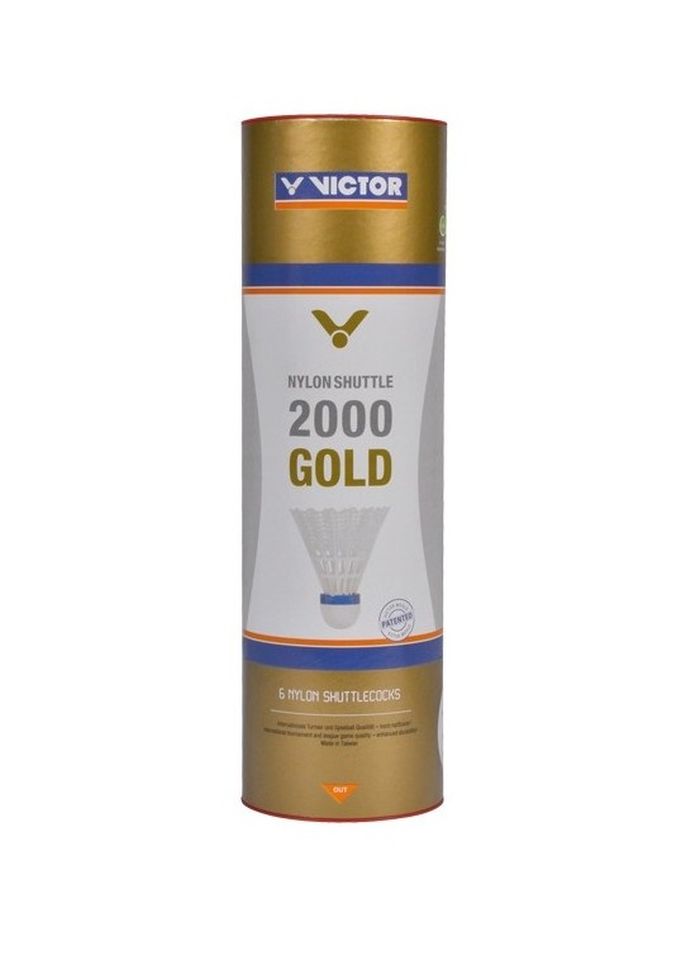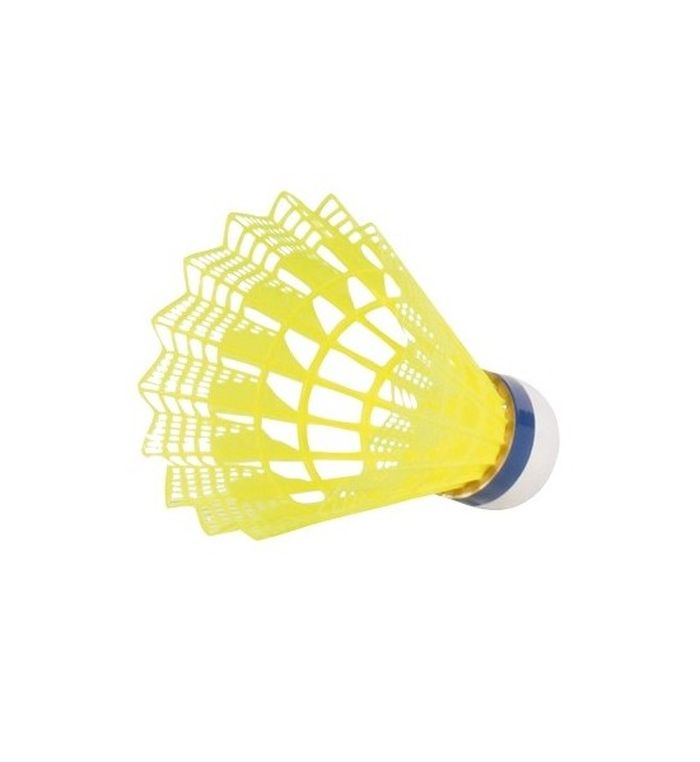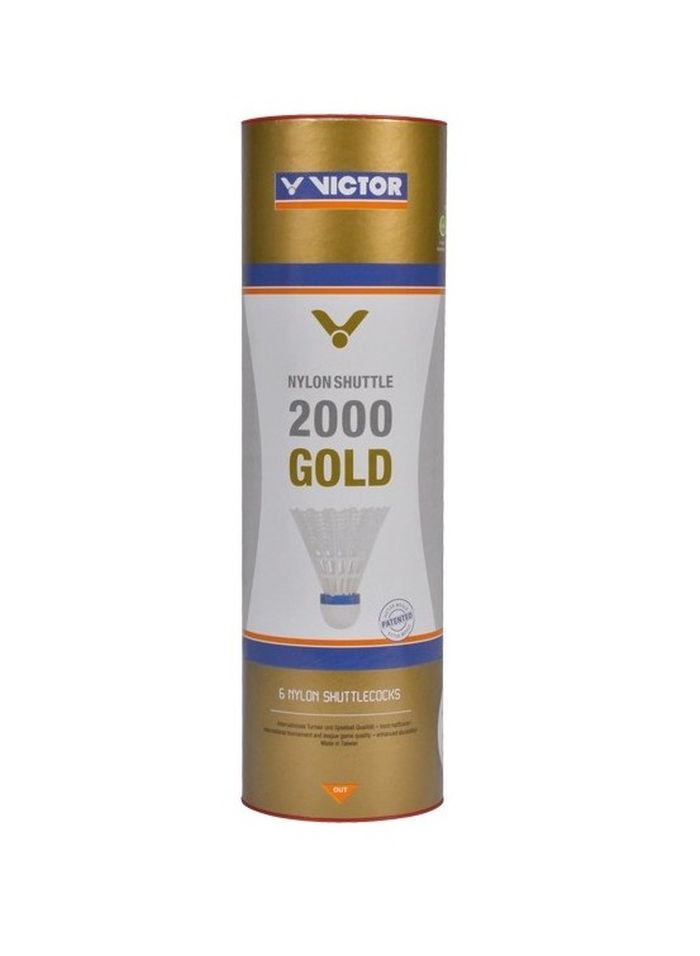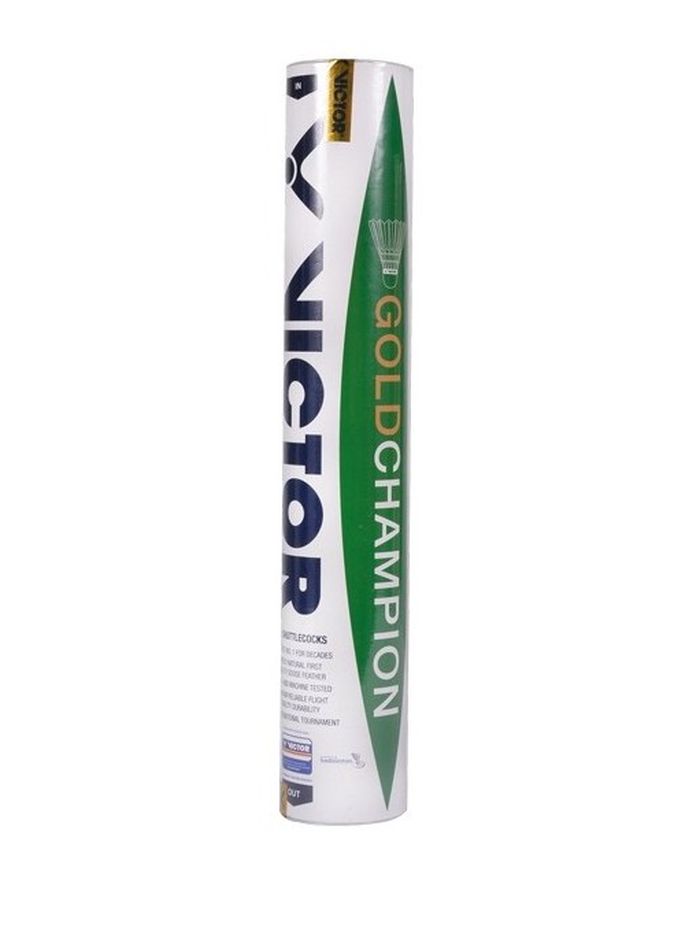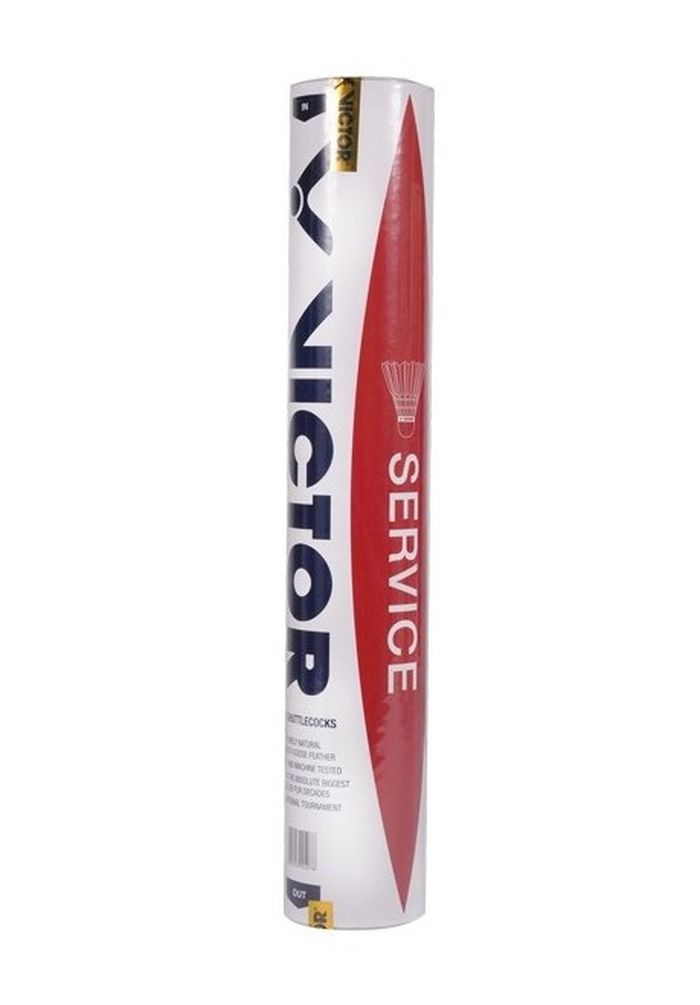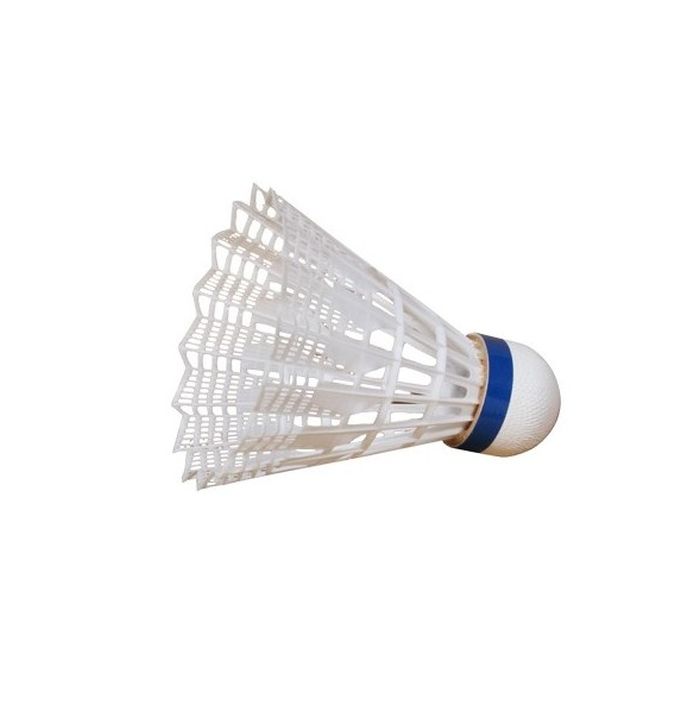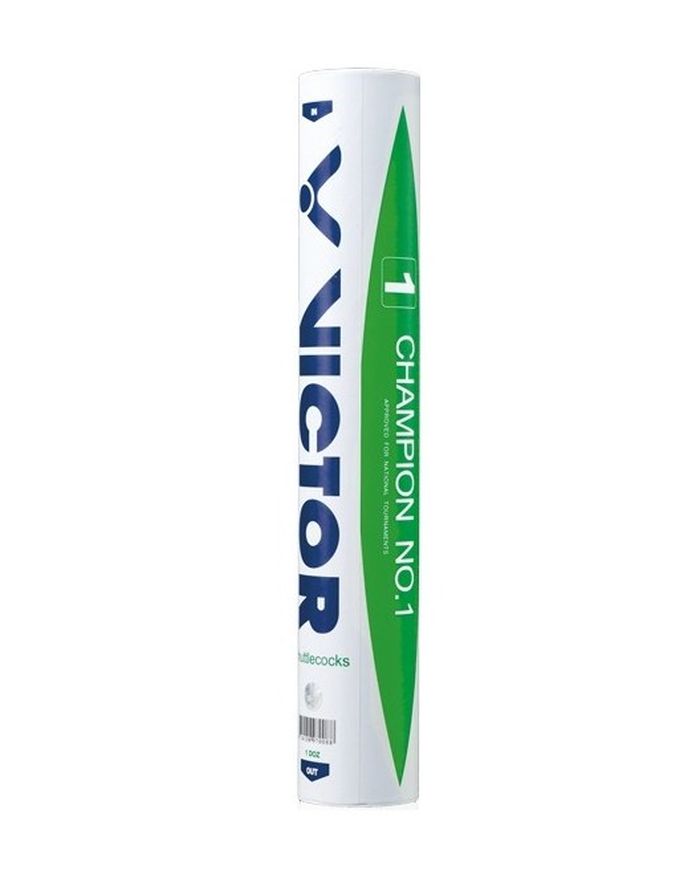Badminton shuttlecocks
Yonex Mavis 350 Nylon 3P - white
RSL Championship 6P - white
RSL No.4 Tourney 12P
RSL Classic Tourney XMAS Limited Edition 12P
Victor 1000 Silver 3P - yellow
Babolat Tournament 6P - yellow
Wilson Smashstar 6P - white
Wilson Championship 6P - white
Lotki do badmintona Wilson Smashstar 6P - yellow
Wilson Championship 6P - yellow
Wilson Championship 3P - yellow
Babolat Tournament 6P - white
RSL Classic Tourney Black Edition 12P + 1P Extra
Dunlop Aeroflite No. 1 (12P)
Victor 1000 Silver (6P) - white
Yonex Mavis 350 Nylon 6P - white
Babolat 1 12P
Babolat 4 12P
Yonex Mavis 350 Nylon 3P - yellow
Yonex Mavis 200 Nylon (3P) - yellow
Babolat 2 (12P)
Pro's Pro Nylon Shuttlecock - white
Victor 2000 Gold 6P - yellow
Victor 2000 Gold 6P - white
Victor 3000 Platin 6P - white
Victor Champion No.1 12P
Badminton Shuttlecocks – How to Choose the Right Ones
Why the Shuttlecock You Choose Matters
In badminton, the shuttlecock is more than just a ball—it's one of the most critical parts of the game. Its material, weight, and speed directly affect flight path, control, and gameplay rhythm. Whether you're playing casually or competitively, the right shuttlecock helps you get more out of every hit.
To choose well, consider your skill level, how often you play, where you play (indoor or outdoor), and even the weather conditions.
Types of Badminton Shuttlecocks
Feather Shuttlecocks
Made from natural goose or duck feathers with a cork base, feather shuttlecocks offer superior flight control and are preferred by advanced players and professionals. Their trajectory is accurate and smooth, making them ideal for competitive matches. However, they are more fragile and wear out faster than synthetic alternatives—especially with off-center hits.
Plastic Shuttlecocks
Usually made of nylon or other synthetic materials, plastic shuttlecocks are long-lasting, affordable, and perfect for beginners, schools, or casual play. They offer consistent flight and are more forgiving of imperfect technique, though they don’t mimic the natural flight of a feather shuttlecock.
Hybrid Shuttlecocks
A combination of synthetic bases and natural feathers, hybrid shuttlecocks balance durability with better flight characteristics. They are ideal for intermediate players seeking more feel and precision without sacrificing too much longevity.
Which Shuttlecock Suits Your Level?
– Beginners: plastic shuttlecocks are the best choice. They’re tough, cost-effective, and easy to control.
– Intermediate players: hybrid shuttlecocks provide improved control and feedback while still lasting longer than feather types.
– Advanced players: feather shuttlecocks deliver the best performance for accuracy, speed, and shot control.
Consider the Playing Environment
The environment in which you play affects shuttlecock performance:
– Indoor: both feather and plastic shuttlecocks perform well. Feather ones offer better precision in controlled conditions.
– Outdoor: plastic or hybrid shuttlecocks are better suited due to resistance to wind and humidity.
– Cooler temperatures: faster shuttlecocks (e.g., speed 78) are ideal.
– Warmer weather: slower shuttlecocks (e.g., speed 76) offer better consistency.
– Speed 77is a widely used middle-ground option for general use.
Shuttlecock Speed Ratings
Feather shuttlecocks often have numeric speed indicators:
– 76 – slower shuttlecock, ideal for warm climates
– 77 – medium speed, suitable for most indoor conditions
– 78 – fast shuttlecock, best for colder environments or outdoor play
Plastic shuttlecocks may be color-coded:
– Green – slow
– Blue – medium
– Red – fast
These ratings help players choose the appropriate shuttlecock based on playing conditions and temperature.
Recommended Brands
Quality varies widely by brand. Here are some trusted names:
– Yonex – industry leader, known for top-tier feather shuttlecocks used in international tournaments
– Victor – reliable choice for all skill levels, especially intermediate and advanced players
– Carlton – offers durable and affordable nylon shuttlecocks, great for schools and clubs
– RSL – specializes in premium feather shuttlecocks with consistent flight
What to Look for When Buying
– Quantity per tube (commonly 3, 6, or 12 shuttlecocks)
– Head type: cork (natural or composite) or synthetic
– Value for money based on how often you play
– Compatibility with your racket type and style of play

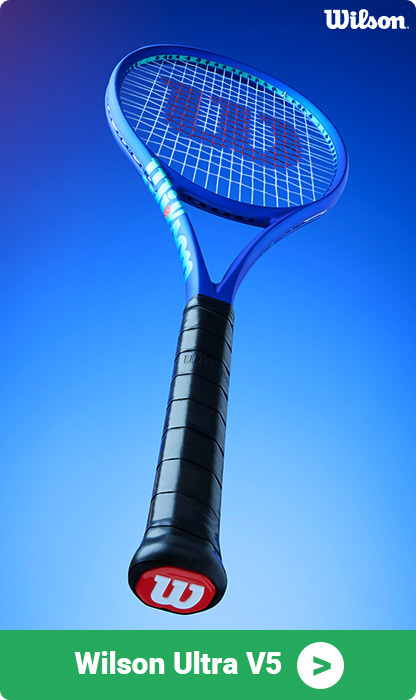
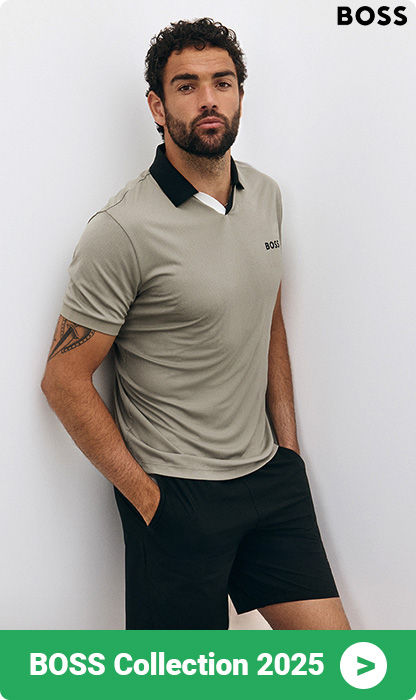
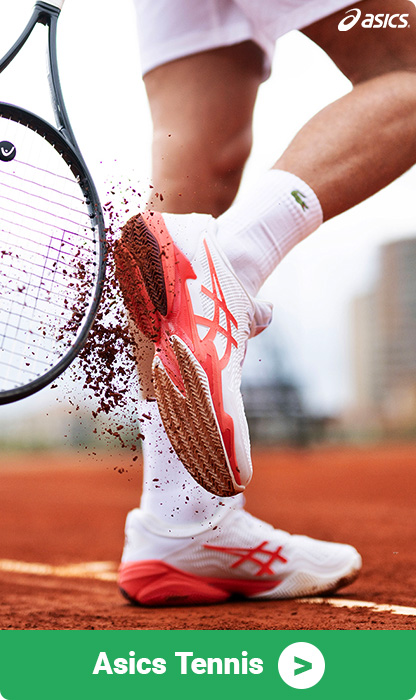
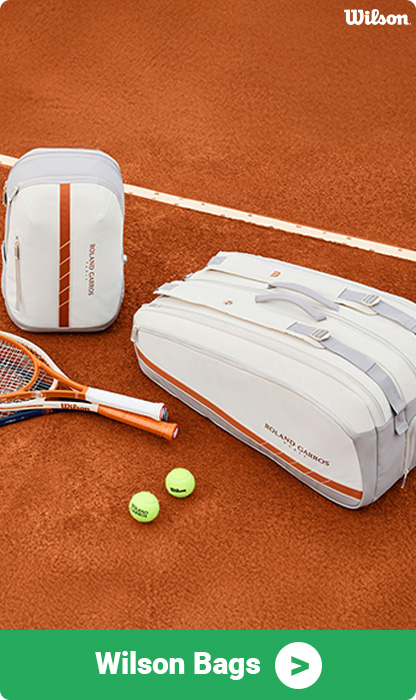
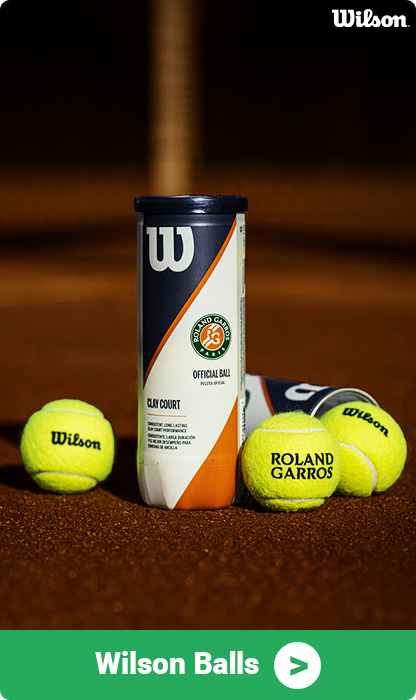
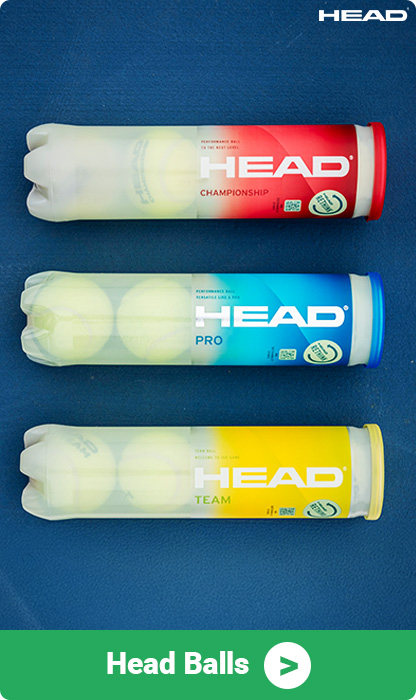
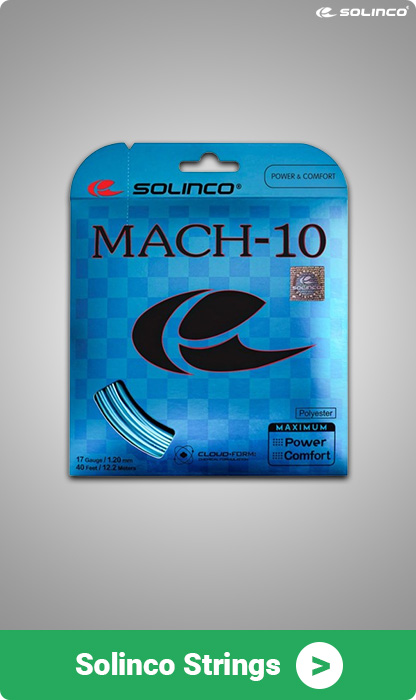
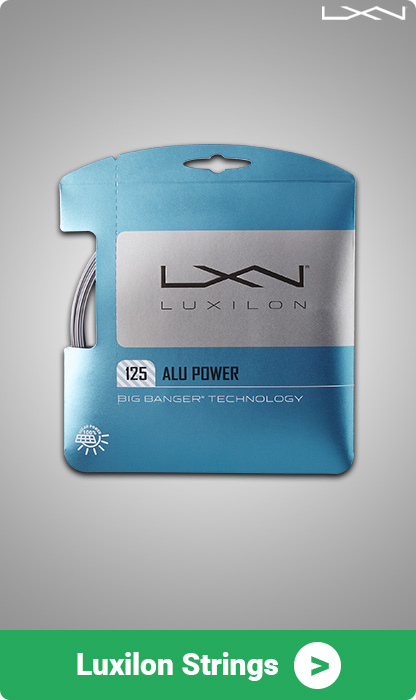
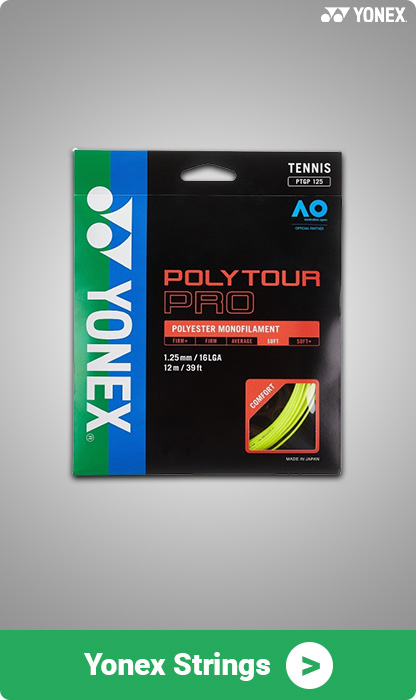
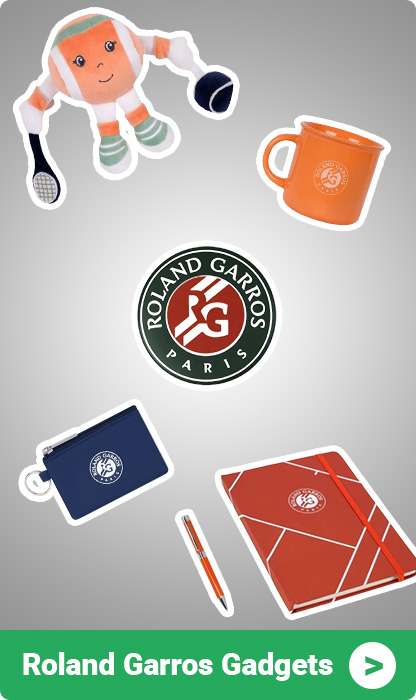












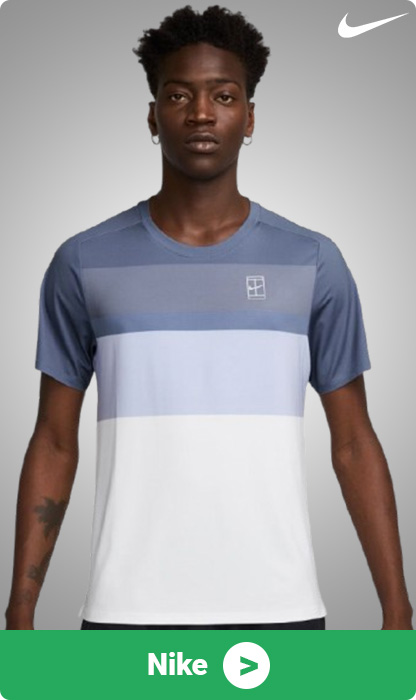

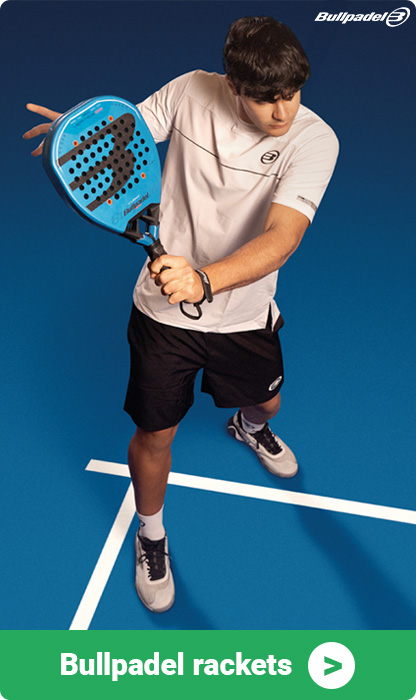
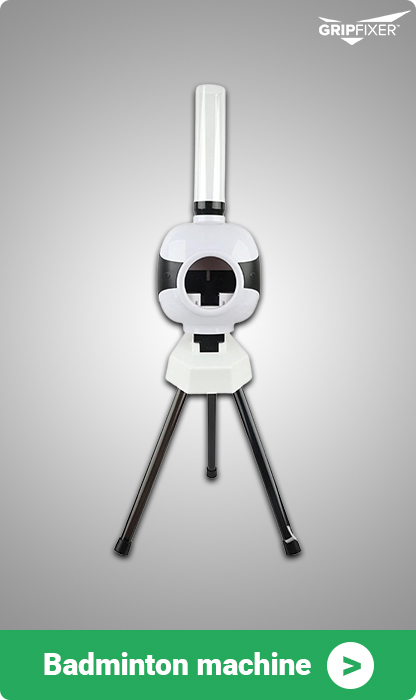

 tennis-zone.eu
tennis-zone.eu 